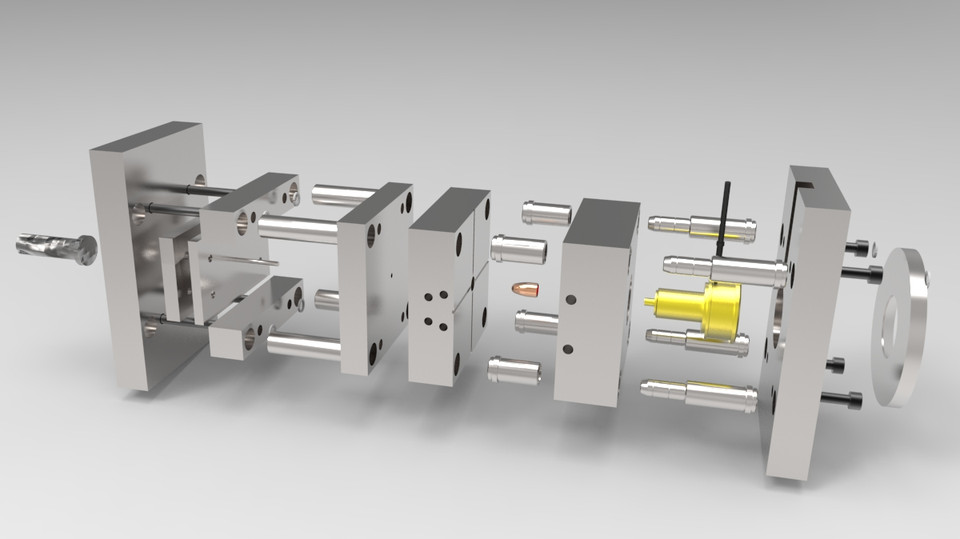Better Touch Better Business
Contact Sales at MDM Metal
The working conditions of plastic molds are different from those of cold stamping molds, which generally require working at 150 ° C-200 ° C. In addition to being subjected to certain pressure, they also have to withstand the influence of temperature. Based on the different usage conditions and processing methods of plastic forming molds, the basic performance requirements of steel for plastic molds are roughly summarized as follows:
1. Adequate surface hardness and wear resistance
The hardness of plastic molds is usually below 50-60HRC, and the heat treated molds should have sufficient surface hardness to ensure that the molds have sufficient stiffness.
Due to the high compressive stress and friction force that plastic filling and flowing in the mold during operation, it is required that the mold maintain shape accuracy and dimensional stability to ensure sufficient service life.
The wear resistance of the mold depends on the chemical composition and heat treatment hardness of the steel, so increasing the hardness of the mold is beneficial for improving its wear resistance.
2. Excellent cutting performance
Most plastic forming molds require certain cutting and fitter repairs in addition to EMD processing. In order to extend the service life of cutting tools, improve cutting performance, and reduce surface roughness, the hardness of steel used for plastic molds must be appropriate.
3. Good polishing performance
High quality plastic products require a small roughness value on the surface of the mold cavity. For example, the surface roughness value of the injection mold cavity is required to be less than the level of Ra0.1~0.25, while the optical surface requires Ra<0.01nm.
The cavity must be polished to reduce the surface roughness value. The steel selected for this purpose requires minimal impurities, uniform microstructure, no fiber orientation, and no pitting or orange peel like defects during polishing.
4. Good thermal stability
The shape of plastic injection mold parts is often complex and difficult to process after quenching. Therefore, it is recommended to choose parts with good thermal stability as much as possible.
When the mold is formed and processed through heat treatment, the linear expansion coefficient is small, the heat treatment deformation is small, and the size change rate caused by temperature differences is small. The metallographic structure and mold size are stable, and can be reduced or no longer processed to ensure the mold size accuracy and surface roughness requirements.
Carbon steel grades 45 and 50 have certain strength and wear resistance, and are often used as mold material after quenching and tempering treatment. High carbon tool steel and low alloy tool steel have high strength and wear resistance after overheating treatment, and are mostly used for forming parts.
However, high carbon tool steel is only suitable for manufacturing small and simple shaped formed parts due to its large heat treatment deformation.
With the development of the plastic industry, the complexity and precision of plastic products are becoming increasingly high, and higher requirements are also put forward for mold materials.
For complex, precise and corrosion-resistant plastic molds, prehardening steel (such as PMS), corrosion resistant steel (such as PCR) and low-carbon maraging steel (such as 18Ni-250) can be used, all of which have good cutting, heat treatment, polishing properties and high strength.
In addition, when selecting materials, it is also necessary to consider preventing scratches and bonding. If there is relative motion between the two surfaces, try to avoid selecting materials with the same organizational structure. In special circumstances, one side can be coated or nitrided to make both sides have different surface structures.
Copyright © 2015-2023 MDM Metal All Rights Reserved
 Send A Message
Send A MessageIf you are interested in our products and want to know more details,please leave a message here,we will reply you as soon as we can.